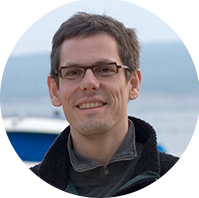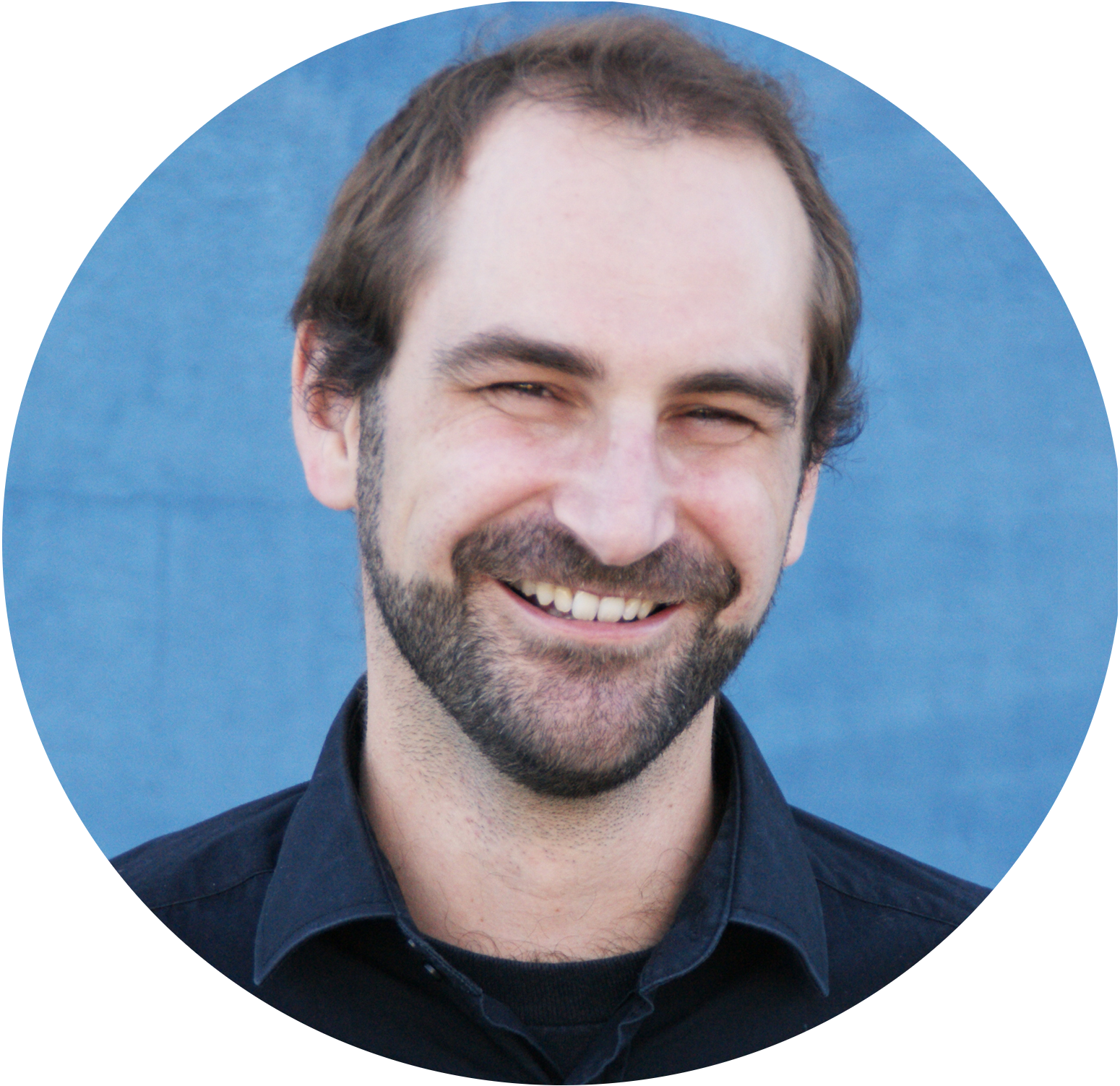2016 Edition
Barcelona VPH Summer School 2016
May 30th - June 3rd, 2016
The 1st Barcelona VPH Summer School will be organised in Barcelona, between May 30th and June 3rd, 2016.
This Summer School provides a thorough overview and hands-on experience in state-of-the-art Virtual Physiological Human (VPH) research. The key concepts of this methodological and technological framework will be presented using illustrative cases and enriched with hands-on analysis under supervision of the experts. The Summer School includes a poster session with an award sponsored by Simula Research Laboratory.
Coordinators:
The Program
| Barcelona VPH Summer School 2016. May 30th - June 3rd 2016, Barcelona Department of Information and Communication Technologies, Universitat Pompeu Fabra |
|||||
| Day 1 | Day 2 | Day 3 | Day 4 | Day 5 | |
| Pathophysiology | Input Measurements | Multiphysics / Multiscale Models | Computational Aspects | Applications | |
| Basic Science and Clinical Understanding | Acquisition, processing, quantification | Organ, cell, molecular | Implementation, validation, coupling | Understanding, decision-support, therapy support | |
| 09:30 - 11:00 | Keynote Speakers | ||||
|
Bart Bijnens, ICREA - UPF (Video) |
James Sharpe, ICREA-CRG (Video) |
Blanca Rodriguez, Oxford (Vídeo) |
Christian Hellmich, TU Wien Multiscale and Patient-specific Modelling of Bone |
Maxime Sermesant (Video) |
|
| 11:00 | Coffee break | ||||
| 11:30 - 12:30 |
Marta Sitges, IDIBAPS-Clinic Hospital (Video) |
Mathieu de Craene, Philips (Video) |
Jerome Noailly, UPF (Video) |
Mariano Vazquez, Barcelona Supercomputing Center (Video) |
Oscar Camara, UPF (Video) |
| 12:30 - 13:30 |
Karin Wurtz, ETHZ (Video) |
Gemma Piella, UPF (Video) |
Liesbet Geris, Univ. Liege (Video) |
Jose Manuel Garcia Aznar, Univ. Zaragoza (Video) |
Miguel Angel Gonzalez Ballester, ICREA - UPF (Video) |
| 13:30 - 14:30 | Lunch | ||||
| 14:30 - 16:30 | Hands-on Introduction (until 15:30) | Hands-on | Hands-on | Hands-on | Presentation of Workshop results (until 15:00) |
| 16:30 - 17:30 | Visit Barcelona Supercomputing Center (starting 16:30h) | coffee - poster | coffee - poster | coffee - poster | |
| 17:00 - 18:30 | Hands-on | Hands-on | Poster Awards | Visit ALBA Synchrotron Light Source (starting at 16:00h) | |
| Meet the expert | |||||
- Modelling the fetal circulation and its changes with placental abnormalities (Matlab/Simulink)
- Modelling the cardiovascular system and haemodynamic alterations with valve disease (CellML)
- Modelling cochlear implants
- Modelling the musculoskeletal system (FEBiO)
Day 1
Pathophysiology
Basic Science and Clinical Understanding
Bart Bijnens, ICREA - PhySense, Dept. Information and Communication Technologies, UPF
Cardiovascular Pathophysiology (9:30-11:00)
He performs multidisciplinary Systems Medicine Research addressing Cardiovascular Pathophysiology, by integrating information handling and computational techniques, combined with basic knowledge on cardiovascular physiology, in order to advance clinical sciences. He is the coordinator of the CardioFunXion project.
Marta Sitges, Cardiac Diseases Research Group, IDIBAPS - Hospital Clinic, Barcelona
Clinical cardiac Imaging (11:30-12:30)
Her main research interests are cardiac imaging, resynchronization therapy, valve heart disease and cardiac remodelling. The research group is set in a tertiary clinical care center with high activity with the availability of the latest imaging and therapeutic technologies, creating ideal conditions for efficient and successful research.
Karin Wurtz, Tissue Mechanobiology Group, Dep. of Health Sciences and Technology, ETH Zurich
Intervertebral Disc Pathophysiology (12:30-13:30)
Her research focusses on the biological mechanisms of musculoskeletal disorders and the advancement of their treatment, specifically by regenerative medicine and tissue engineering. An emphasis is put onto investigating the molecular and cellular activity as well as mode of action of natural substances in order to ultimately create biologically enhanced materials that possess anti-inflammatory and anti-catabolic properties.
Day 2
Input measurements
Acquisition processing, quantification
James Sharpe, ICREA - Systems Biology Programme, Centre de Regulació Genòmica (CRG)
Imaging and Modelling in Organogenesis (9:30-11:00)
The goal of his lab is to understand how the activities of gene networks controls the millions of cells which make up our organs - allowing them to communicate with each other, to decide what to do at each moment during embryo development: whether to divide, which way to move, and which cells types to become (cartilage, bone, connective tissue, etc.)
Mathieu de Craene, Philips
Cardiac image analysis (11:30-12:30)
He works towards developing reference databases for 3D strain validation. He previously worked at UPF and UCLouvain universities. He has been involved in the supervision of one PhD thesis (UPF) and is currently supervising 2 PhD students at Philips, in collaboration with INSA/Lyon and UPF.He has been publishing in IEEE-Transactions on Medical Engineering and Medical Image analysis on cardiac tracking algorithms and their validation
Gemma Piella, Simbiosys, Dept. Information and Communication Technologies, UPF
Machine Learning (12:30-13:30)
Since 2005 she has been at UPF, first as a visiting professor, then as Ramón y Cajal researcher, and currently as an Associate Professor. During the last years, Dr Piella’s research has focused on co-registration techniques, information integration and manifold learning techniques, with main application in computational anatomy.
Day 3
Multiphysycs / Multiscale Models
Organ, cell, molecular
Blanca Rodriguez. Computational Cardiovascular Science Team, Dept. of Computer Science, Univ. Oxford
Computational Cardiovascular Science (9:30-11:00)
Her research interest is in the investigation of causes and modulators of variability in the response of the heart to disease and therapies. Her group applies a methodology based on computational modelling and simulation to expand and augment the information extracted from experimental and clinical methods used in cardiac electrophysiology.
Jerome Noailly, Simbiosys, Dept. Information and Communication Technologies, UPF
Spine Multiscale and Biophysical Modelling (11:30-12:30)
In 2012 he became the head of IBEC’s group of Biomechanics and Mechanobiology (BMMB), and worked on the coupling of tissue multiphysics and computational biology models, being involved in several European projects and contacts with hospitals. In 2015, he eventually moved to UPF with his group, so as to merge the BMMB expertise with that of groups SIMBioSys and PhySense at the DTIC.
Liesbet Geris, Dept. Aerospace and Mechanical Engineering, University of Liège, Dept Mechanical Engineering, KU Leuven
Complex and Gene Regulation Modelling of Osteochrondial Systems(12:30-13:30)
Her research interests encompass the mathematical modeling of bone regeneration during fracture healing, implant osseointegration and tissue engineering applications. In 2011 she was awarded an ERC starting grant to pursue her research.
Day 4
Computational Aspects
Implementation, validation, coupling

Christian Hellmich, Institute for Mechanics of Materials and Structures, TU Wien
Multiscale and Patient-specific Modelling of Bone (9:30-11:00)
His work is strongly focussed on well-validated material and (micro)structural models, both for materials such as concrete, soil, rock, wood, or bone as well as man-made biomaterials, and for structures such as tunnels, pipelines, bridges, or the vertebrate skeleton including implants and tissue engineering scaffolds - with complementary experimental activities if necessary.
Mariano Vazquez, High-Performance Computational Mechanics, Barcelona Supercomputing Center
High Performance Computational Modelling (11:30-12:30)
His team’s main task is to develop Computational Mechanics tools adapted to run efficiently in large-scale parallel computers. This involves Physical modelling, Mathematical algorithms and code development and optimization, all with the strong constraint of efficient use of parallel resources.
Jose Manuel Garcia Aznar, Department of Mechanical Engineering, University of Zaragoza
Individual 3D cell migration: from computational modelling to experimental validation (12:30-13:30)
Previously a post-doctoral fellow at the Center for Science and Technology in Medicine, University of Keele, United Kingdom (2001), working on computational simulation of tissue differentiation in bone fracture healing. Currently, Full Professor of the Department of Mechanical Engineering in the University of Zaragoza. ERC Starting Grant INSILICO-CELL. His research lines include Computational Mechanics, Computational Mechanobiology and Self-Healing Materials
Day 5
Applications
Understanding decision-support therapy support
Maxime Sermesant, INRIA Asclepios
Patient-specific cardiac modelling (9:30-11:00)
His research work combines cardiac modelling and clinical data in order to help diagnosis and therapy planning. This is by nature a very collaborative and multi-disciplinary work at the intersection of academic, clinical and industrial environments. Moreover there is an important underlying software aspect in order to achieve a clinical impact.
Oscar Camara, PhySense, Dept. Information and Communication Technologies, UPF
Cardiac Electrophysiology modelling (11:30-12:30)
His research has been focused on developing new signal and image processing and computational science methods for medical applications. He has methodological contributions on multimodal image object recognition and fusion and motion analysis with knowledge-based constraints. He has been also strongly involved in computational modelling of different organs of the human body within the "Virtual Physiological Human" framework. .
Miguel Angel Gonzalez Ballester, ICREA - Simbiosys, Dept. Information and Communication Technologies, UPF
Computed-assisted Surgery(12:30-13:30)
His research focus is on computerised medical image analysis and computer-assisted surgery, including: image processing and computer vision, image-based diagnosis, medical imaging physics, computational modelling and simulation of virtual organs and surgical interventions, navigation in computer-assisted surgery, surgical devices and implants, surgical robotics and translational research focusing on concrete clinical and industrial applications


